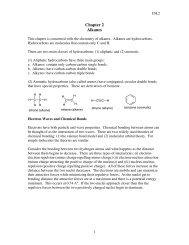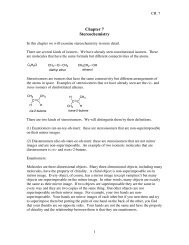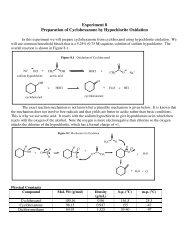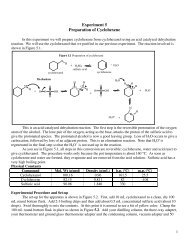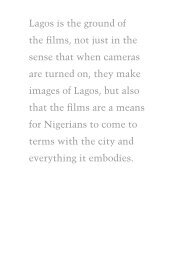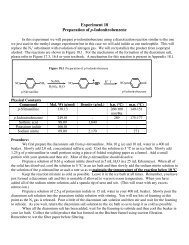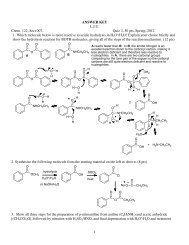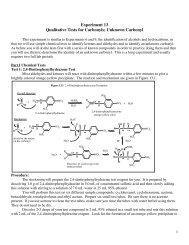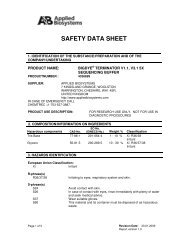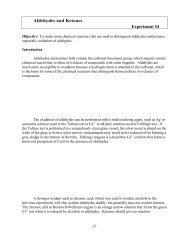Collective and Elective Ethnicity: Caste Among Urban ... - myweb
Collective and Elective Ethnicity: Caste Among Urban ... - myweb
Collective and Elective Ethnicity: Caste Among Urban ... - myweb
You also want an ePaper? Increase the reach of your titles
YUMPU automatically turns print PDFs into web optimized ePapers that Google loves.
604 AliPathans are publicly known as high-caste Hindu converts. The large numberof Sheikhs, as seen in census data on Muslim caste throughout India, makesit probable that many if not most of the Sheikhs are Hindu converts (seeAhmad, 1978a, for a study of a converted Hindu caste that regards itself as aSheikh subcaste). This is likely a result of what Goodfriend (1983:123) callsthe “Sheikh factor” (or Sanskritization in Srinivas’s terminology), that is,of lower ranking Muslim caste groups attempting to raise their status overtime by claiming that they are Sheikhs. These four Muslim high castes arecategories, <strong>and</strong> often (though by no means always) there will be corporatesubgroups formed from these categories.In Hyderabad, in addition to the four higher caste categories, the mostwell-known lower caste groups are the Qureshi (or Qassab, butchers) <strong>and</strong>Ladaf (cotton beaters). Other castes that are important in the local hierarchyare Baid Pathan (who have a near-monopoly on the local wholesale betel nuttrade) <strong>and</strong> Chawsh (descendents of Yemeni Arabs who migrated to serve inthe Nizam’s forces; see Khalidi, 1997). We should note that being high castedoes not necessarily mean that the caste is high status; that is, caste doesnot fully determine a group’s status. For example, Chawsh, while Arab, areof distinctly lower status than Syeds, Sheikhs, <strong>and</strong> Mughals in Hyderabad,since their main employment was as military personnel, <strong>and</strong> others regardthem as rough <strong>and</strong> uncivil. They are not as low as service castes, such asweavers <strong>and</strong> butchers. However, because of their military background, theyare considered lower than “genteel” castes of Syeds, Sheikhs, <strong>and</strong> Mughals,yet they are still high because of their Arab descent. 12In the following two sections, I examine caste as a collective entity<strong>and</strong> caste as individual choice. The first of these sections examines howcaste is maintained as a collectivity, mainly through the regulation of casteboundaries through endogamous marriage strategies. I examine two corporatecaste groups to illustrate “ideal-type” behavior of people in corporateMuslim castes. In the second section, I examine how caste for most people isof secondary concern. I explore the relative unimportance of caste by lookingat marriage practices <strong>and</strong> by considering the knowledge <strong>and</strong> meaning ofcaste expressed by members of different Muslim castes.<strong>Caste</strong> as <strong>Collective</strong><strong>Caste</strong>, as most authors describe it, is marked primarily by endogamy(marriage within the caste), with a tendency toward hypergamy, where a12 To complicate matters further, the Chawsh themselves are internally ranked by caste. Someare Syeds, while most are Sheikh. But other Muslims do not acknowledge these distinctions,<strong>and</strong> treat all Chawsh as one distinct group.



